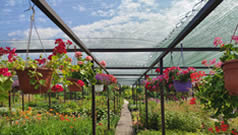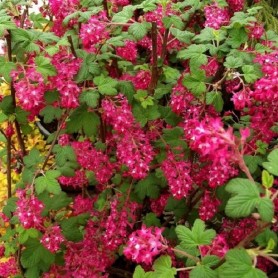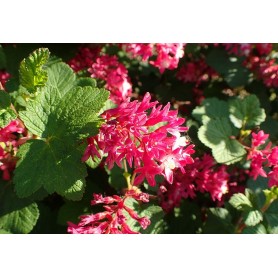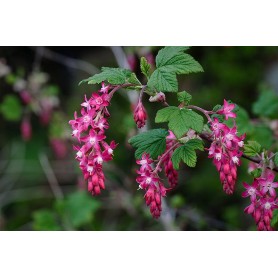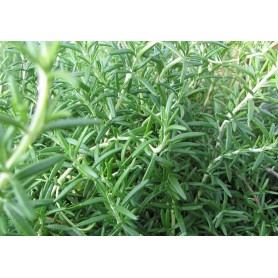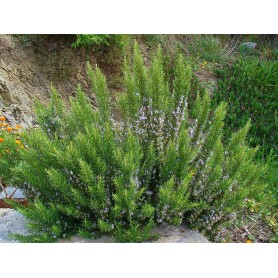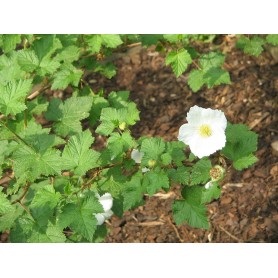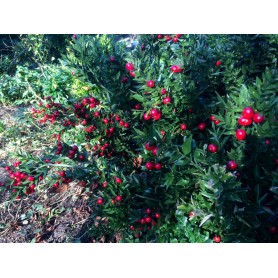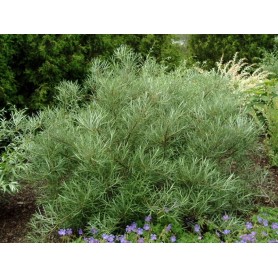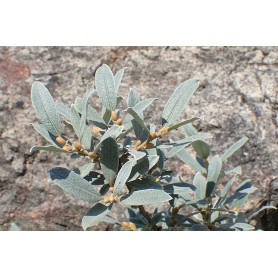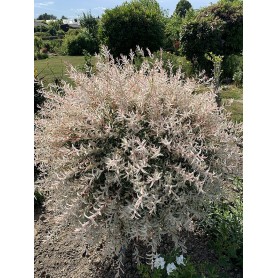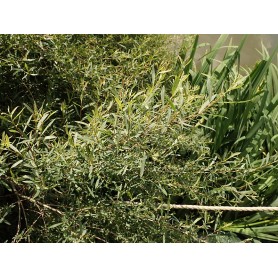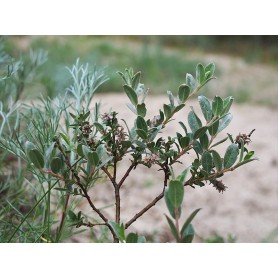Ribes sang. 'King Edward VII'
Ribes sanguineum 'King Edward VII', also called red ribes, is a medium-sized deciduous shrub with a bushy, compact, upright form. the plant has oval, to almost round, three to five lobed, coarsely toothed, dark green, slightly pubescent leaves. Fragrant crimson-red flowers appear in pendent racemes in spring, followed in summer by blue-black edible berries. Ribes sanguineum likes a position in full sun, but tolerates partial shade well, is undemanding to the soil as long as it is well drained. The plant is very hardy, drought, sea wind and air pollution tolerant. In excessively wet growing conditions it may suffer from leaf spot disease, anthracnose and rust.
€6.50

